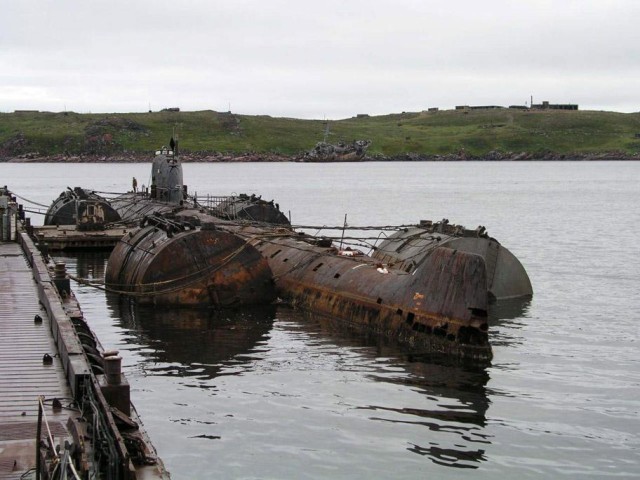
New Managing Director for Bellona Norway
The Board of the Bellona Foundation has appointed former Minister of Climate and the Environment Sveinung Rotevatn as Managing Director of Bellona No...
News
Publish date: March 1, 2006
News
Deputy Transportation Minister Alexander Misharin said that the 50 Years of Victory nuclear icebreaker was scheduled to be commissioned in October after passing sea trials in September.
The 159-meter (522ft) long and 30-meter (100ft) wide vessel, initially named the Urals, will be the world’s largest nuclear icebreaker, with a deadweight of 25,000 metric tons. An upgrade of the Arktika-class nuclear-powered icebreaker, it is designed to break through ice up to 2.8 meters deep (9.2ft). Misharin said two diesel-powered icebreakers designed to assist navigation in the Baltic Sea were under construction. According to the official, Russia will need six to ten nuclear-powered icebreakers in the next twenty years, as the demand for icebreakers is rising with the development of the Arctic shelf.
"If we do not do anything, we will be left with one, at a maximum two, nuclear-powered icebreakers," Misharin said, adding that funds for the development of a new-generation icebreaker, to be commissioned after 2020, have already been allocated from the 2006 federal budget. The Russian nuclear-powered commercial fleet currently consists of five Arktika-class icebreakers (Arktika, Sibir, Rossiya, Sovetskiy Soyuz, and Yamal), two Taymyr-class river icebreakers (Taymyr and Vaygach), and the Sevmorput transport ship, reported RIA-Novosti.

The Board of the Bellona Foundation has appointed former Minister of Climate and the Environment Sveinung Rotevatn as Managing Director of Bellona No...

Økokrim, Norway’s authority for investigating and prosecuting economic and environmental crime, has imposed a record fine on Equinor following a comp...

Our op-ed originally appeared in The Moscow Times. For more than three decades, Russia has been burdened with the remains of the Soviet ...

The United Nation’s COP30 global climate negotiations in Belém, Brazil ended this weekend with a watered-down resolution that failed to halt deforest...